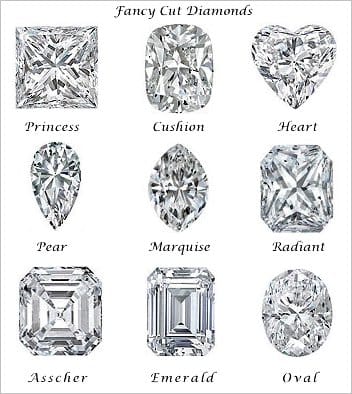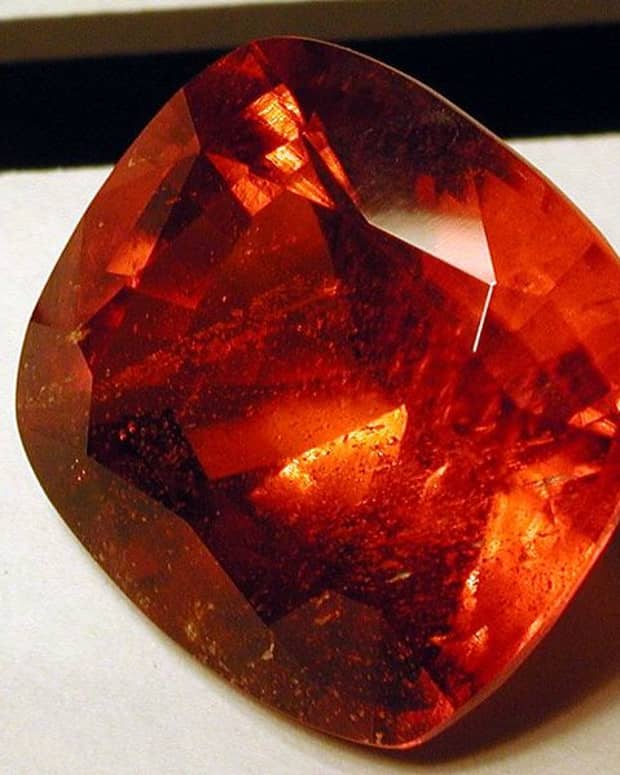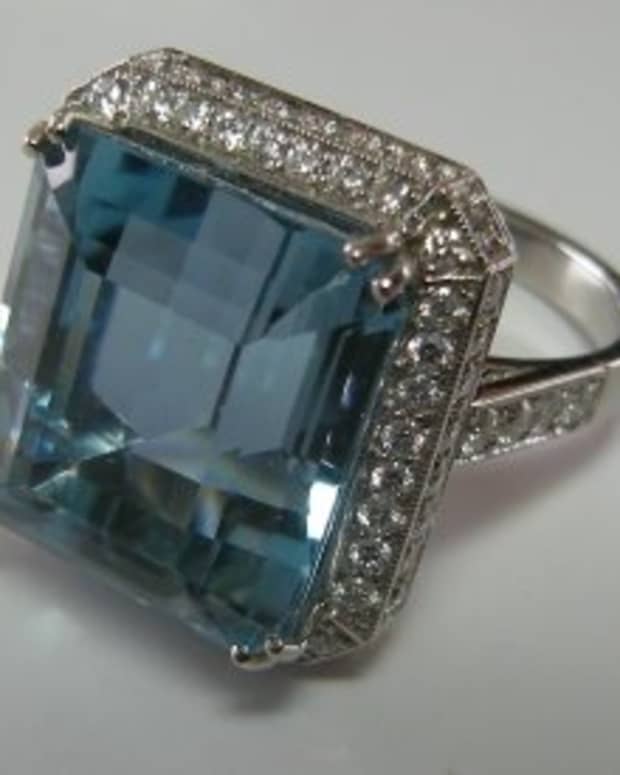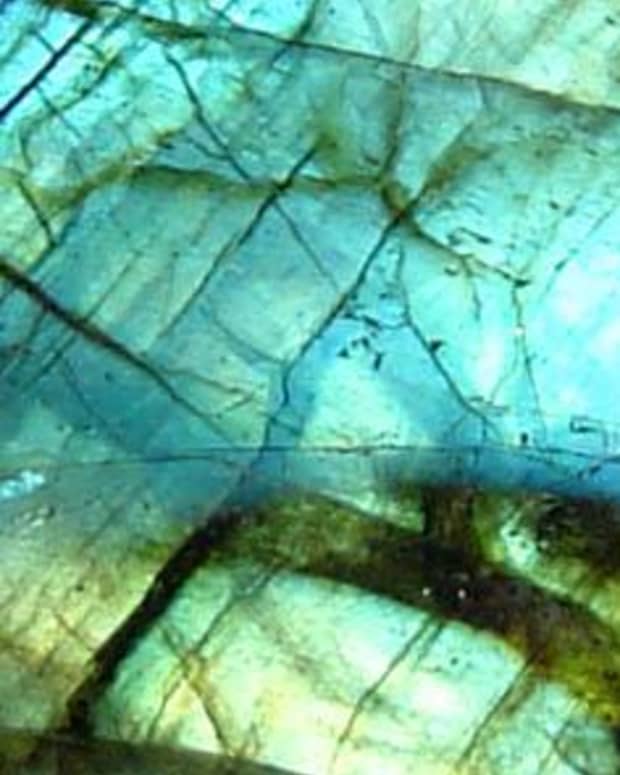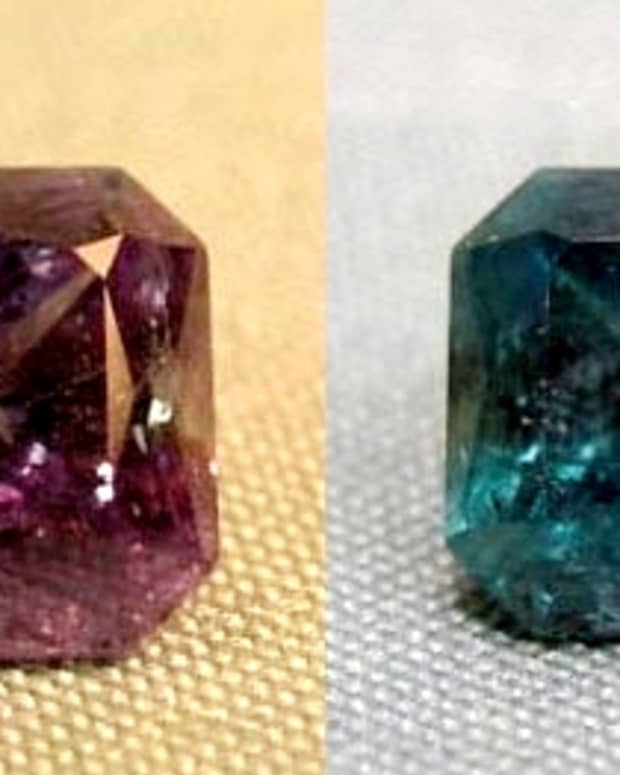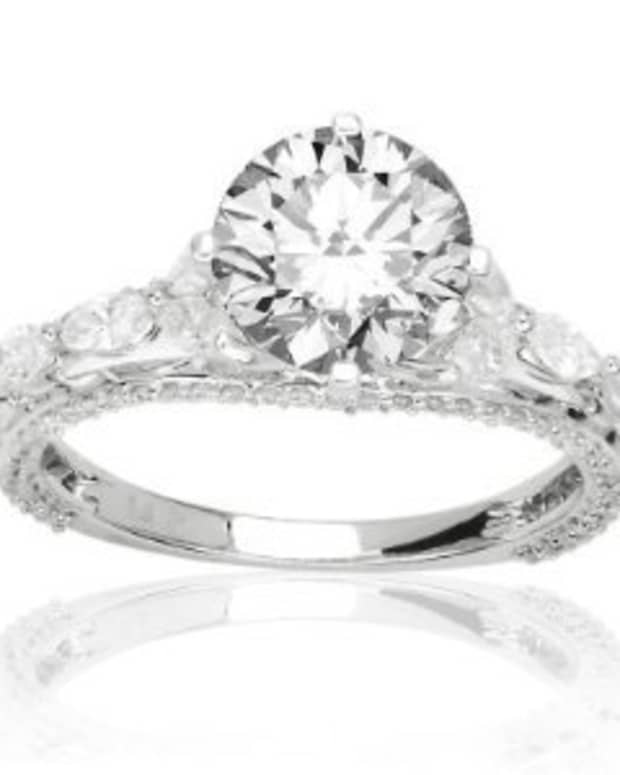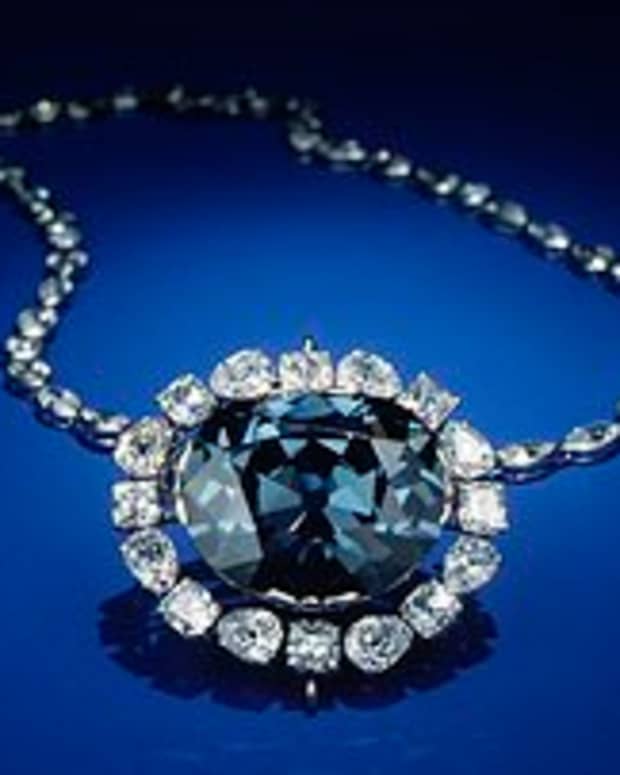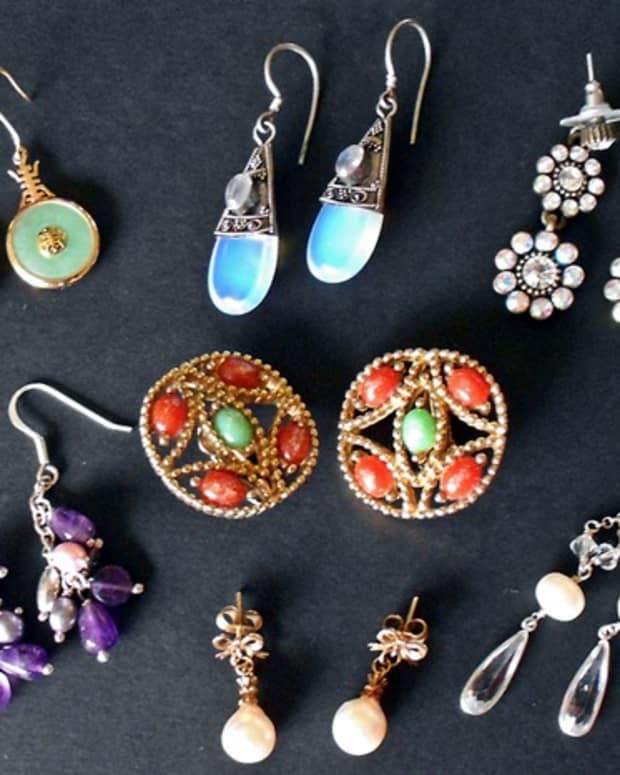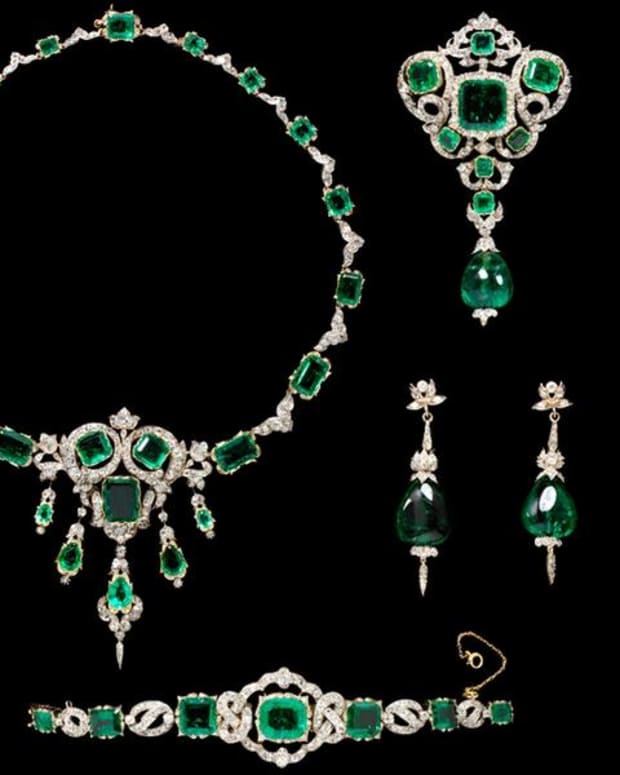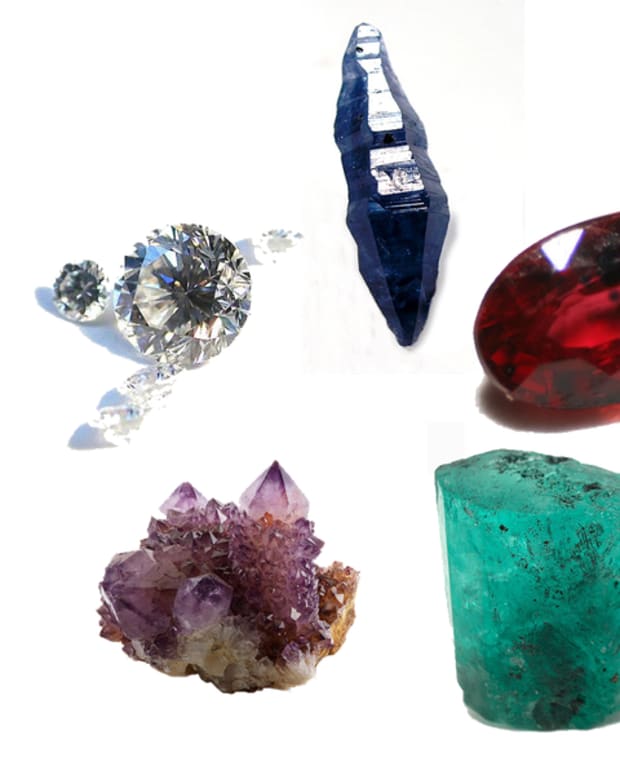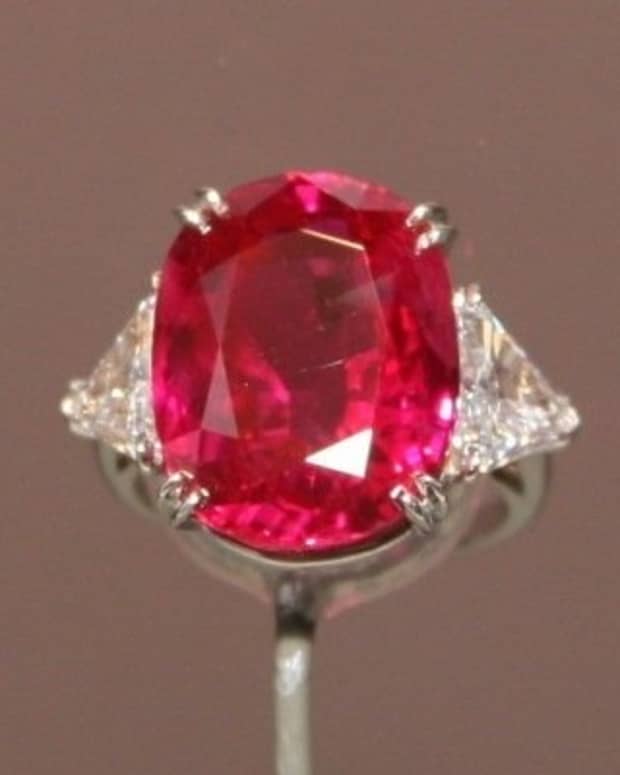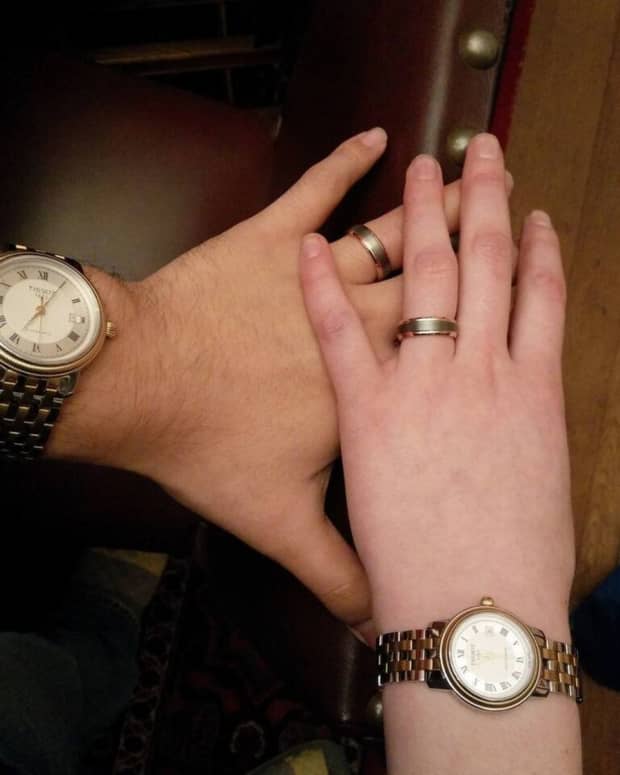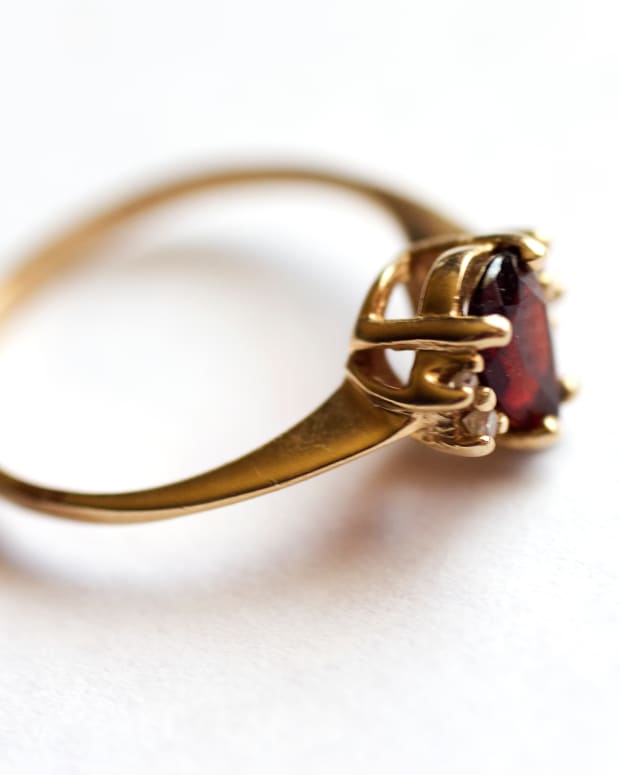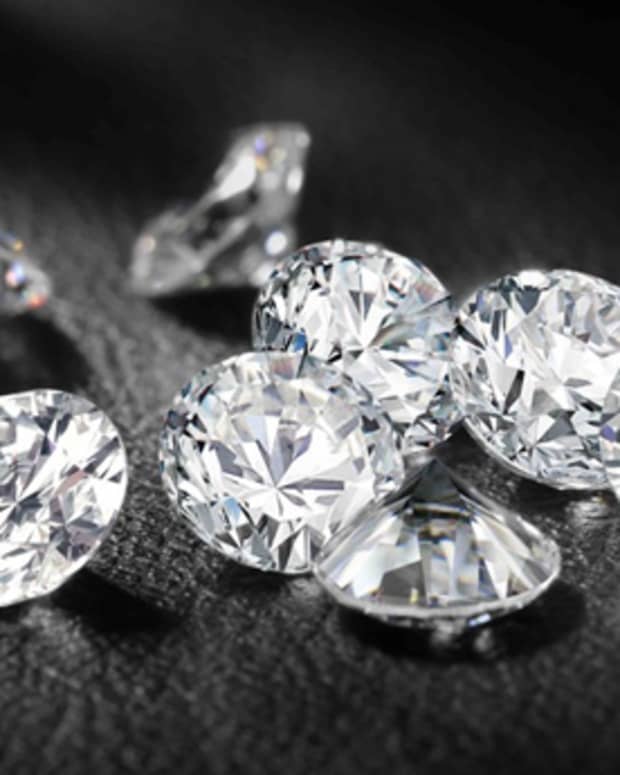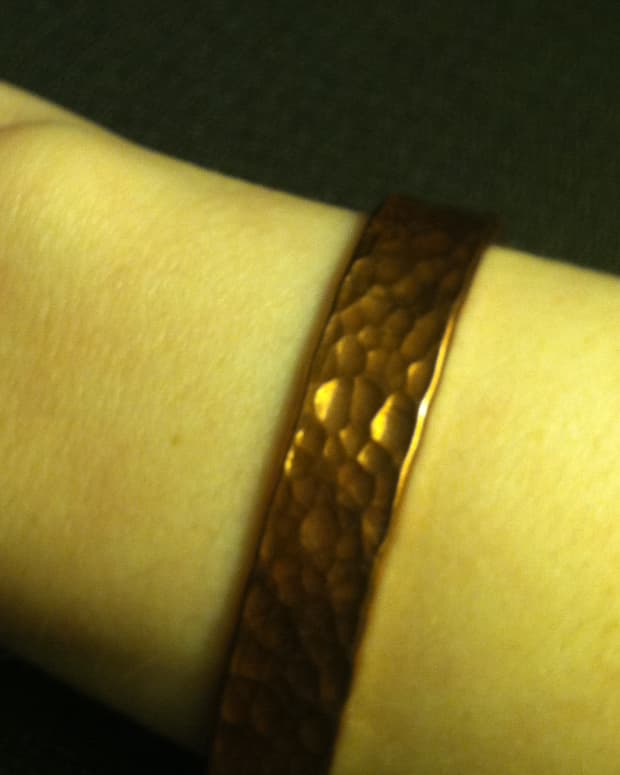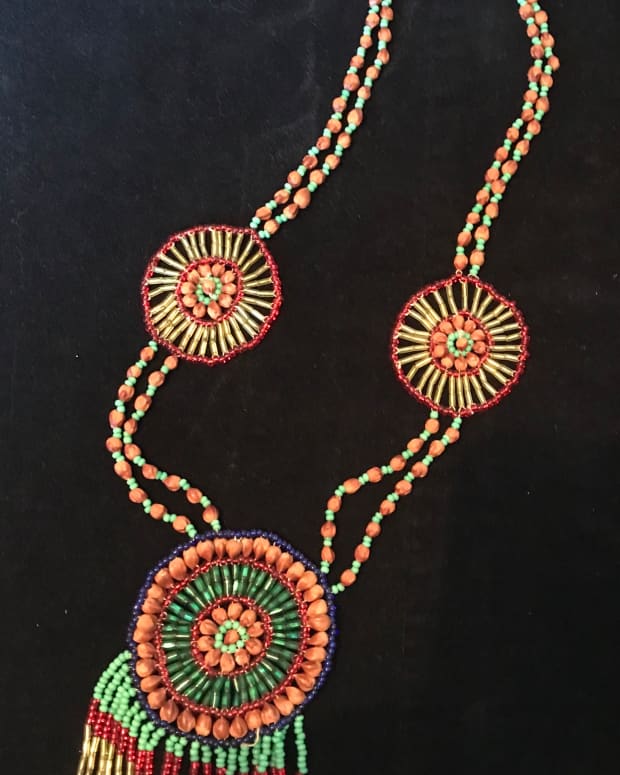How to Evaluate and Buy Gemstones: The Basics
My interest in stones started back when I was a little girl collecting rocks and quartz crystals. Today, I'm fascinated by gemstones.
Get Glitzy With Gems
One of the first things people notice when they visit my home are the rocks I keep on display here and there throughout my house. I started collecting rocks as a little girl. I was fascinated by the variety of colors and shapes. Quartz crystals weren't so tough to get my hands on, and they were almost as good as a diamond to a pre-teen like me. I could gaze with wonder at how something so perfectly shaped could have developed entirely by natural forces.
Although I'm grown now, I still enjoy the basic stones I gathered as a kid, but my tastes have expanded to include a love of gemstones. If my pocketbook would permit it, I'm pretty sure my walls and windows would be unlike what you've ever seen in a house before, but I digress. Although I'm not a gemologist, I was surprised at how affordable some of the gems I saw at the huge annual Tucson Gem and Mineral Show were—and how much more expensive a similar gem could be.
What You Should Consider When You're Buying Gems
Since then, I've learned a lot about what factors influence prices of gems. In this article, I'll be discussing some of the factors you should take into consideration if you're in the market for gemstones, gemstone products, or jewelry. The science of gemology is complex, and I'll be assuming you're like me—fascinated but not planning on becoming a science expert before you make your first purchase!
I'll give you general guidelines that are more in depth than you'll find on a jeweler's site aimed at convincing you to buy at high markups, but not so much information that you'll feel like you're in science class trying to figure out how to figure out what "birefringence," "pleochrism," and "specific gravity" mean.
Ready to get started?
Stones May Be Purchased in Different Forms








Types of Rocks
Let's start with the most basic piece of information you'll need to understand if you want to become an astute gem collector or jewelry purchaser: Most gems are rocks of a sort, but not all rocks are gems.
Gem Categories
The type of gem you'll buy could fall into a couple of different categories that sometimes overlap with each other:
- Precious
- Semiprecious
- Ornamental
- Synthetic (like cubic zirconia)
- Organic (pearl, for instance, is not a mineral)
- Enhanced (natural or synthetic gems may undergo special treatments to produce a desired effect.)
Forms
All of these types of gems may be sold in a variety of ways:
- Rough stones (untreated)
- Loose finished stones (may be treated, cut, polished, faceted, or rough)
- Set stones (already placed in a setting of some sort, such as a ring
Appearance
The gems themselves will have a certain look to them
- Faceted stones have been cut in a way designed to bring out their brilliance.
- Polished or tumbled stones are usually either ornamental or semiprecious stones. They're unfaceted.
- Cabochons have a flat bottom and domed surface.
- Carved stones may be in a particular shape or have shapes and designs cut into them.
Faceted stones can have many unusual cuts to them. Some faceted cuts are very popular, like "round cut" or "princess cut" diamonds. The photos below reveal the many different ways gems can be sold by wholesalers and retailers.
4Cs of Gemstones
Although there is no standard grading system for most gems, diamonds do have a classification system based on the 4Cs set forth by the Gemological Institute of America. The GIA's grading standard has been adopted industry-wide throughout the world. By understanding the standards used for grading diamonds, you'll be better able to judge whether a gem is worth its asking price. This video explains the in-depth methods used by the GIA. While you and I cannot replicate their methods to an exacting degree, it's certainly possible to develop a sharper eye for your own gems.
The 4Cs refer to a gem's
- Color
- Cut
- Clarity
- Carats (weight)
Whenever you're considering buying a gemstone of any type, remembering these 4Cs will ensure you don't overlook something important, so let's discuss each of these characteristics a little more.




Gemstone Colors
Did you know over 200 different colors of diamonds have been documented? Stones get their color from the kinds of elements they contain. Even a small variation in a stone's chemical composition can produce a change.
Read More From Bellatory
Where Color Comes From and Why It Matters
While diamonds with no color at all are the most highly valued, other stones gain value by having more color. Emeralds, for instance, will likely cost more when they are a deep green than if they are pale.
Corundum is the name of a transparent crystal that we call by different names depending on whether other elements got infused with the aluminum oxide it's made of. Rubies are corundum that was affected by the presence of chromium, while every other chemical color change would result in the stone being called a sapphire (even if it's yellow or green.) Impurities like the dark spots shown in the near colorless sample of corundum are common, and when there are too many, the stone loses its appeal as a gemstone and instead, may be used for other industrial purposes like making sandpaper.
Some stones are devalued by the presence of other colors, like when a deeply hued amethyst is riddled with quartz, while some gain a great deal of value by having multiple colors that are well placed, as seen with star sapphires or tourmaline.
How to Evaluate Color
Always look at a gem against a white background and use both natural and artificial lighting if possible. Jewelers have often used contrasting colors to make a gem look more appealing. Consider whether the color is rich and true or pale and lackluster. Hue, saturation, and tone are all important to determining value of a particular stone. Having said this, though, let me also say that if you love it, don't reject a stone based purely on color. Today, "white turquoise" is a popular jewelry choice, but years ago it would have been rejected for its color!
What Color is Your Favorite Gemstone?
Cut Gems
The cut of a diamond refers to more than simply what shape it looks like. The GIA standards shown in the video above reveal that there are mathematical ratios to determine "ideal" angles and depths of the gem's surfaces.
Other gemstones may be faceted to look similar. The ring on my finger in the first series of photos shows a very basic cut. Different types of angles and surfaces can make a gem reflect more light and brilliance.
How to Evaluate the Cut
While determining a gem's cut with any precision is best left to the experts, as a buyer of gemstones you can evaluate a few things on your own. Look for a high degree of:
- Sparkle—a well cut gem will sparkle and capture attention with the way it reflects light.
- Brilliance—some stones aren't faceted or cut, but I will include them here anyway. Polished or tumbled gems are a terrific way to learn about ornamental stones and can make some beautiful jewelry, too. Look for whether their beauty is reflected well by the way they have been mounted or presented.
- Fire—though this is often masked in darker stones, light stones like diamonds, opals, and even aquamarine will let you see a prism of colors as they break down light into the colors of the spectrum. When buying light colored stones, evaluate whether you see colors and determine if a lack of color is due to a poor cut or the type of stone.
As I mentioned above, if you love a stone, don't get stuck on its cut. Many beautiful gems aren't cut perfectly. What it lacks in vibrancy will also be lighter on your pocketbook, so go with what you like as long as you feel it's available at a fair price.
What Is Clarity?
When it comes to a gem's clarity, it's important to understand that while the presence of other minerals gives gems their color, most have imperfections. A piece of sediment that was absorbed as the gem was forming or a microscopic fracture can affect value.
For some gems, like organic amber, certain ornamental stones, and fossils, inclusions can increase value. However, when looking at transparent, cut gems, they're likely to decrease value. A 10X magnification loupe like the one shown here is valuable for detecting these imperfections.
When looking at a stone for impurities, it's also important to note that all stones are not graded the same. Aquamarine, for instance, is not graded the same way as a tourmaline or emerald that has a darker color that can mask the impurity. For an overview of what to look for check out this chart.
Tip: Learn about gem values by visiting gem shows, jewelry shops, and browsing price guides.
Carat Weight
The last C today is carat weight. A "carat" simply refers to a weight of 200 mg.
Larger gems tend to be worth more than smaller ones, of course, but if they're suffering in one or more of the other Cs, it's possible for a larger gem to cost less than a much smaller one of high quality.
Because there's no set standard and the gemological world is constantly changing, I would encourage you to base your decision to purchase on what you like and what you can afford. Find pieces you like and use these principles to figure out what is the best value for you. I happen to prefer chocolate diamonds over the much more expensive ones, which means I would spend the same amount for a higher quality chocolate diamond than for a purer, colorless diamond. I'd get much more use out of my choice and enjoy it more as I did.
I promised you I wouldn't get too technical, and I think I've kept my promise. At least I hope I did. Please let me know what you think in the comments below, or by sharing this article with others you think would enjoy it.
Comments
jellygator (author) from USA on November 15, 2013:
Thank you, Angara!
jellygator (author) from USA on February 09, 2013:
Glad to hear you found this useful, Teaches! I plan on doing some more articles on gemstones soon. There is just SO much to know!
Dianna Mendez on February 09, 2013:
Interesting article on gemstones. I didn't realize jade came in different colors and the color on diamonds was less value. I now now what clarity means as well. Thanks for the education.
jellygator (author) from USA on February 05, 2013:
Thank you, Rkwebs!
Rajnesh kumar from India on February 04, 2013:
awesome information about Gemstone

